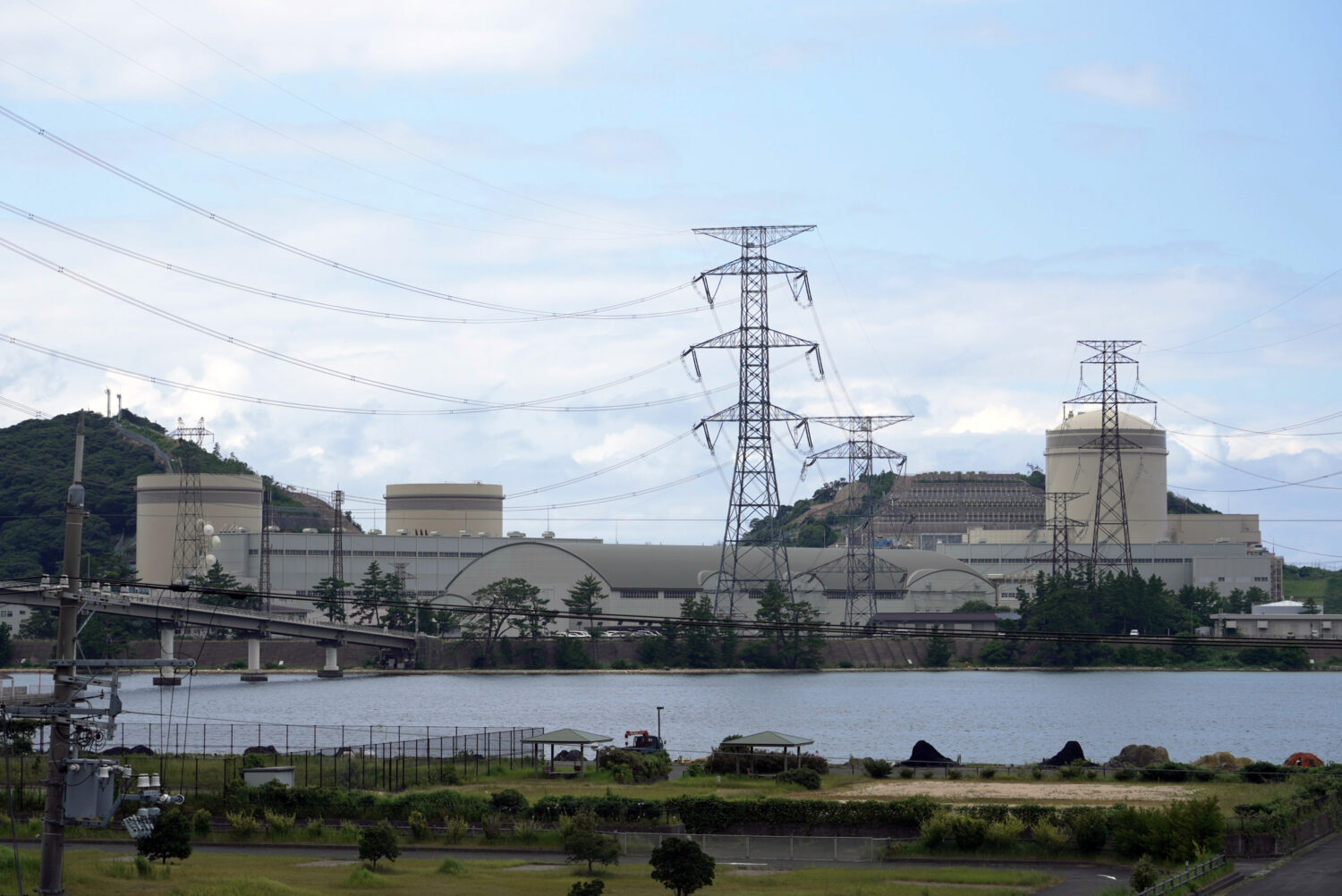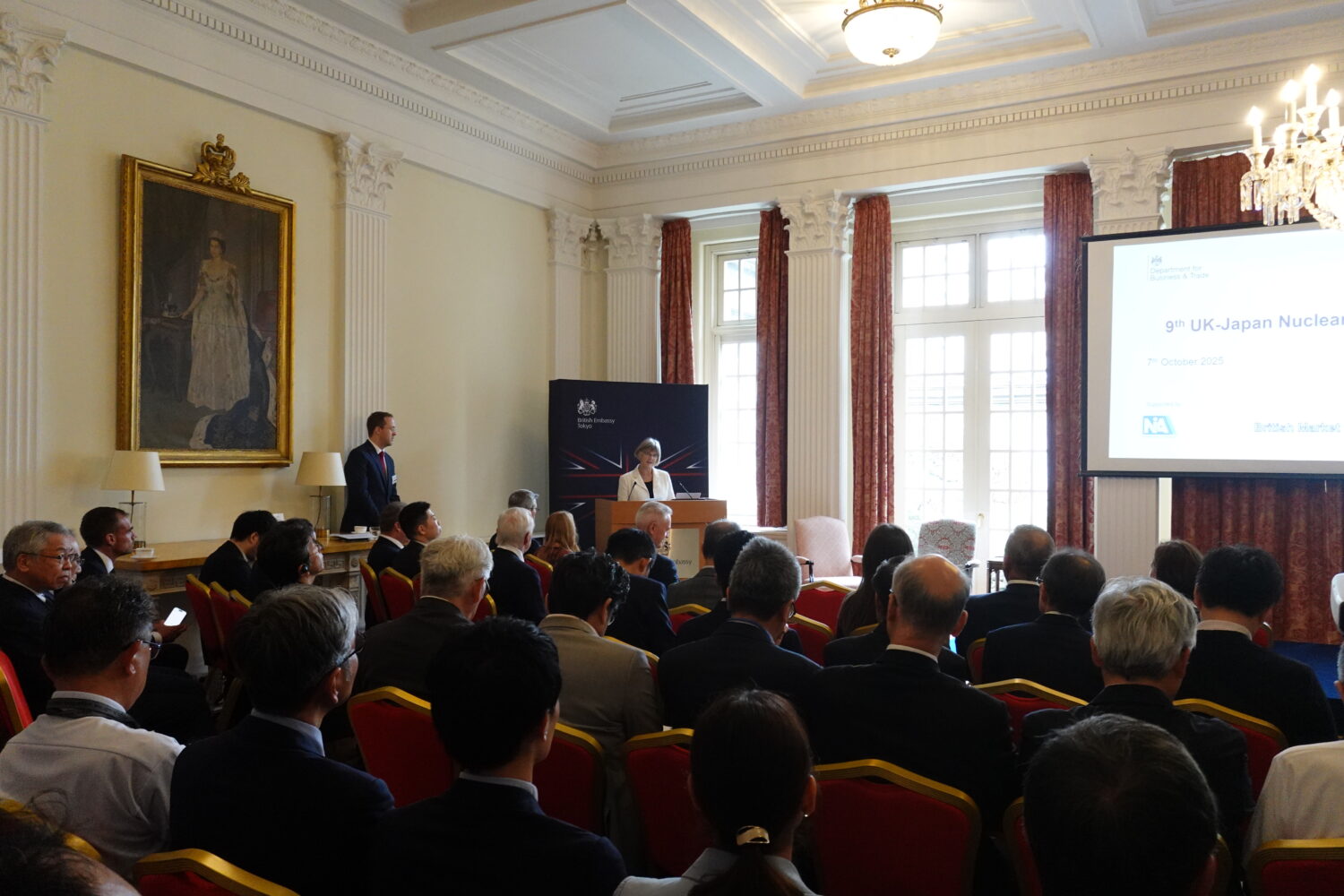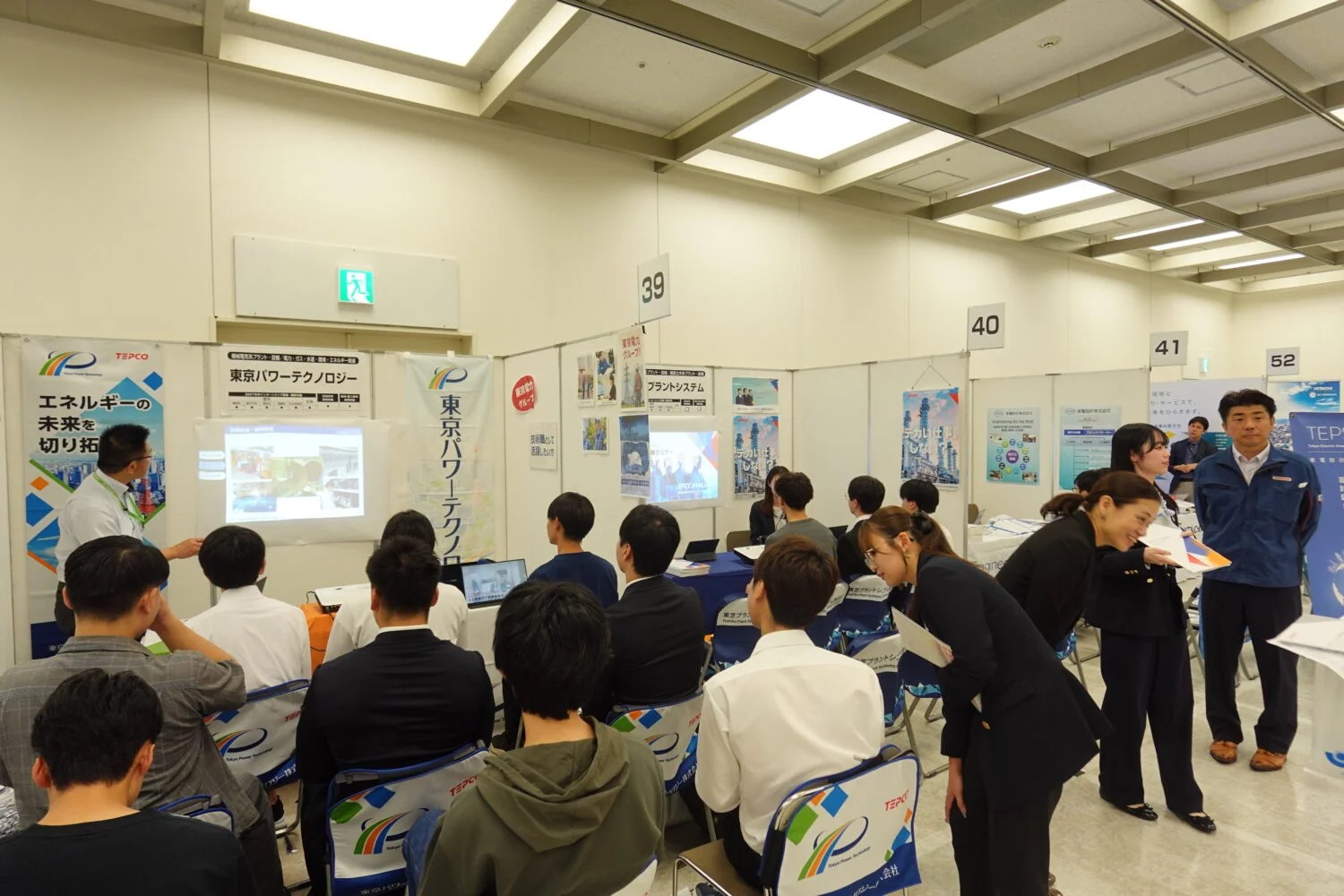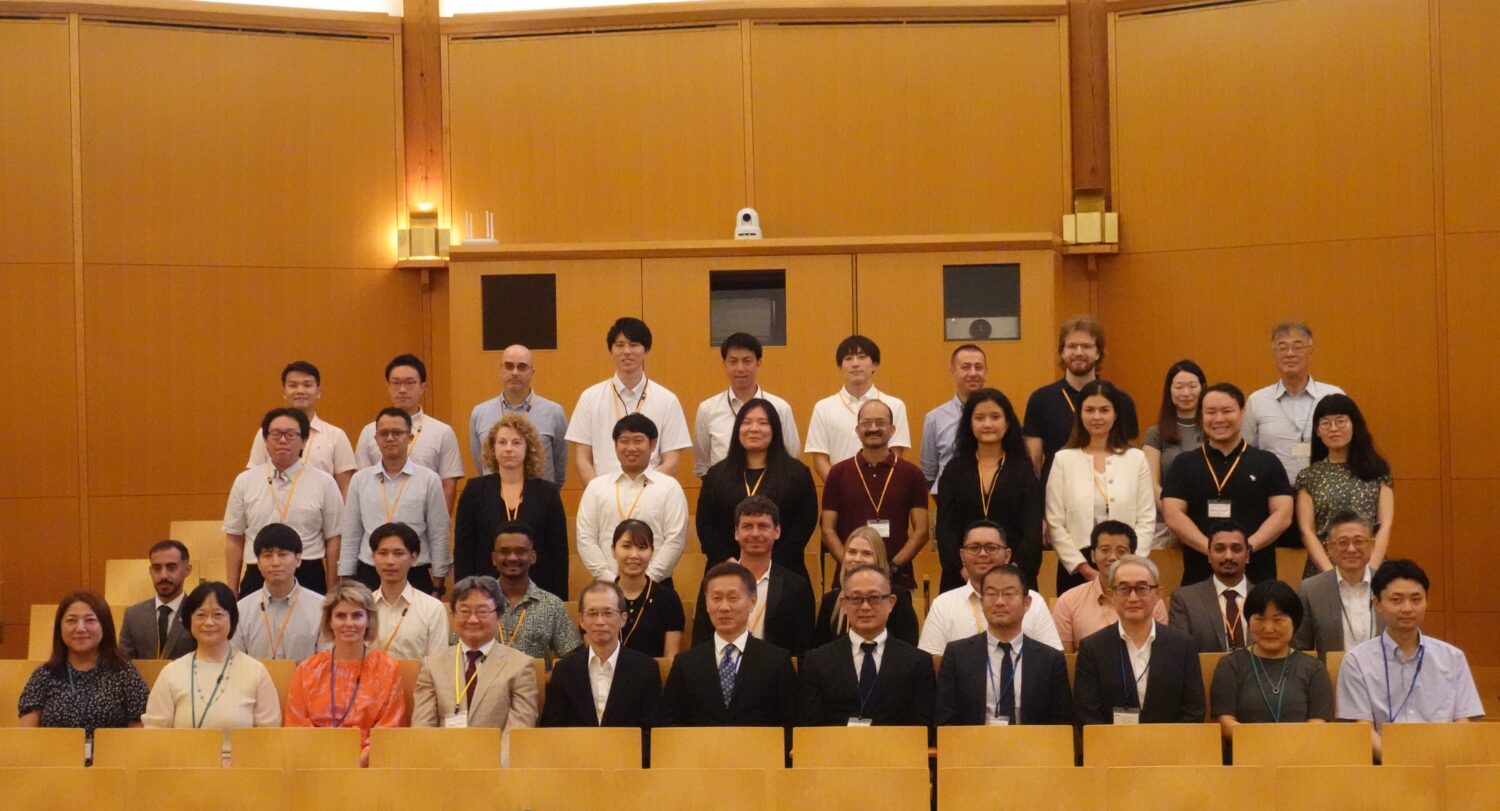The revised strategy opens by emphasizing the importance of securing energy security while transitioning from fossil fuels to clean energy, in light of Japan’s low energy self-sufficiency rate. Given the intensification of extreme weather events and rising geopolitical risks, fusion energy— which emits no CO₂ and uses deuterium, an abundant fuel found in seawater— is seen as a promising solution to overcome issues related to resource concentration. Because of these characteristics, fusion is attracting attention as a “dream energy” with the potential to solve a variety of modern energy challenges.
Looking ahead to the next decade, the Cabinet Office has positioned “industrialization of fusion energy” as its core vision. With fusion expected to become the next-generation global energy source, Japan aims to leverage its technological strengths to gain a competitive edge in the market. By revising the strategy and demonstrating the government’s leadership in advancing fusion development, the initiative also seeks to encourage greater private-sector investment.
The United Kingdom has been selected as Japan’s first partner nation under the revised strategy. The two countries have signed a memorandum of cooperation on the development of fusion technologies, with a signing ceremony scheduled to take place in London on June 19. The partnership will include mutual use of research facilities, human resource development, and collaboration on establishing safety regulations.

















